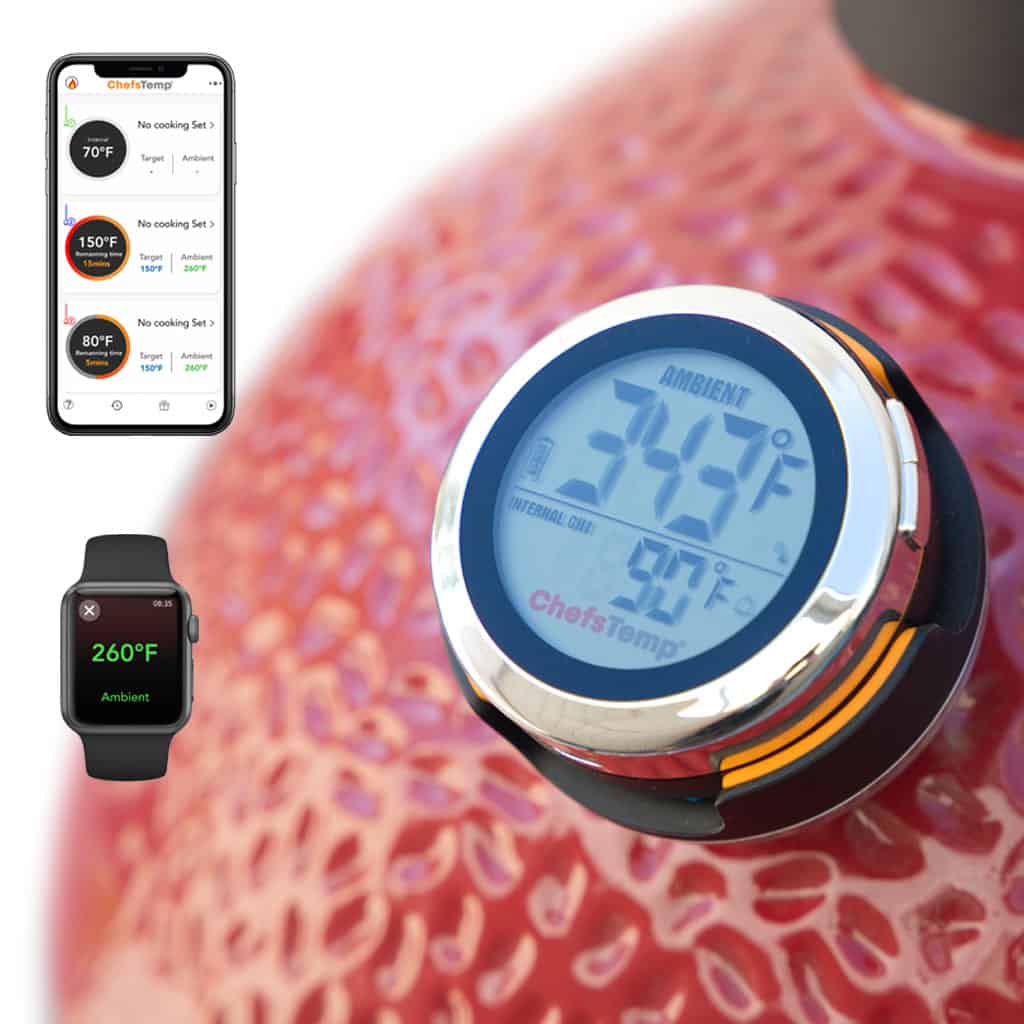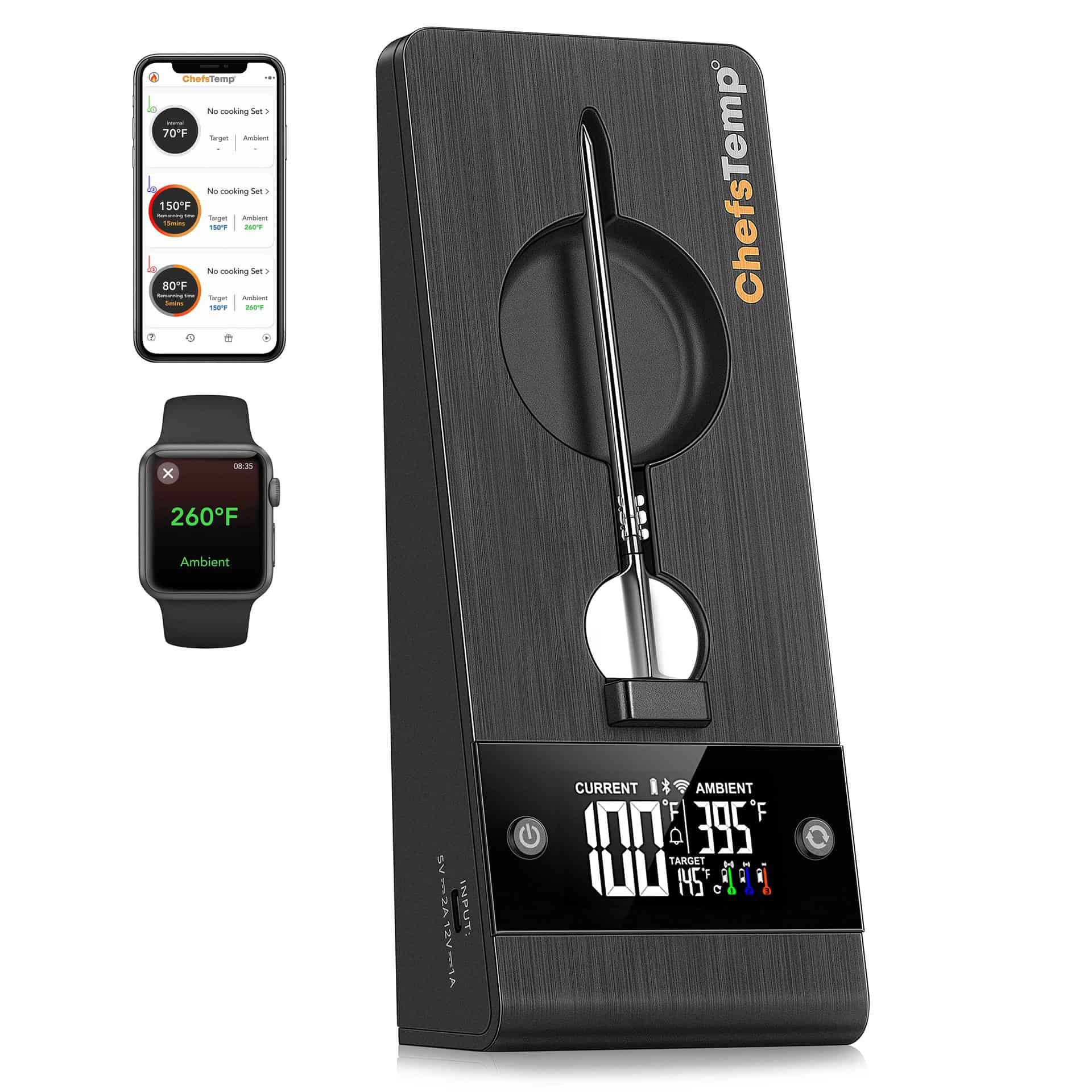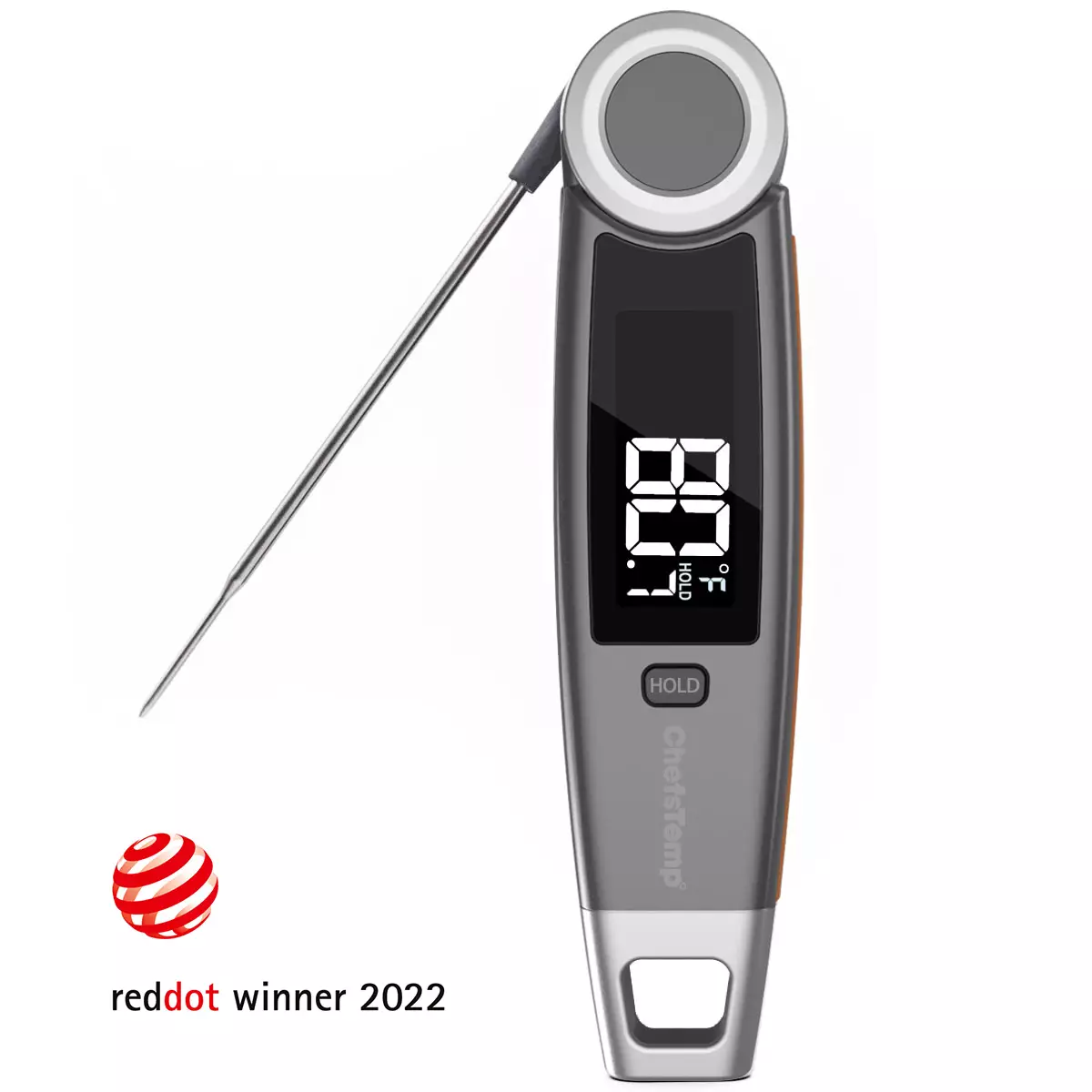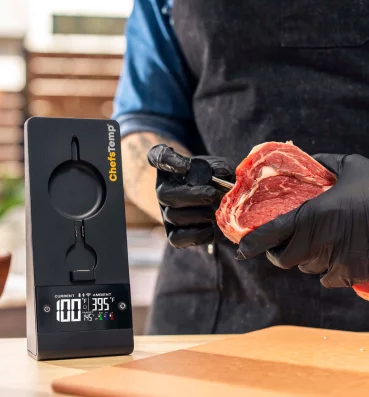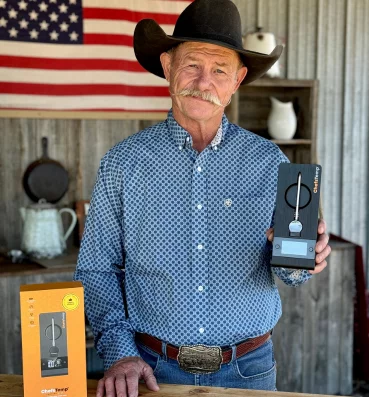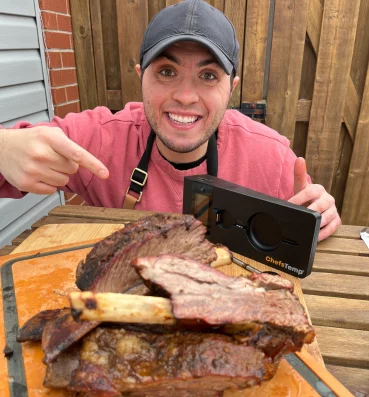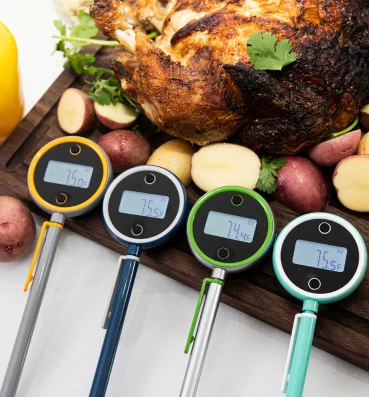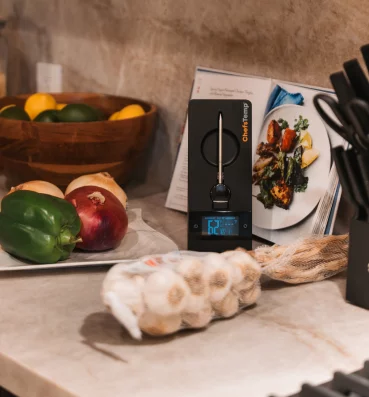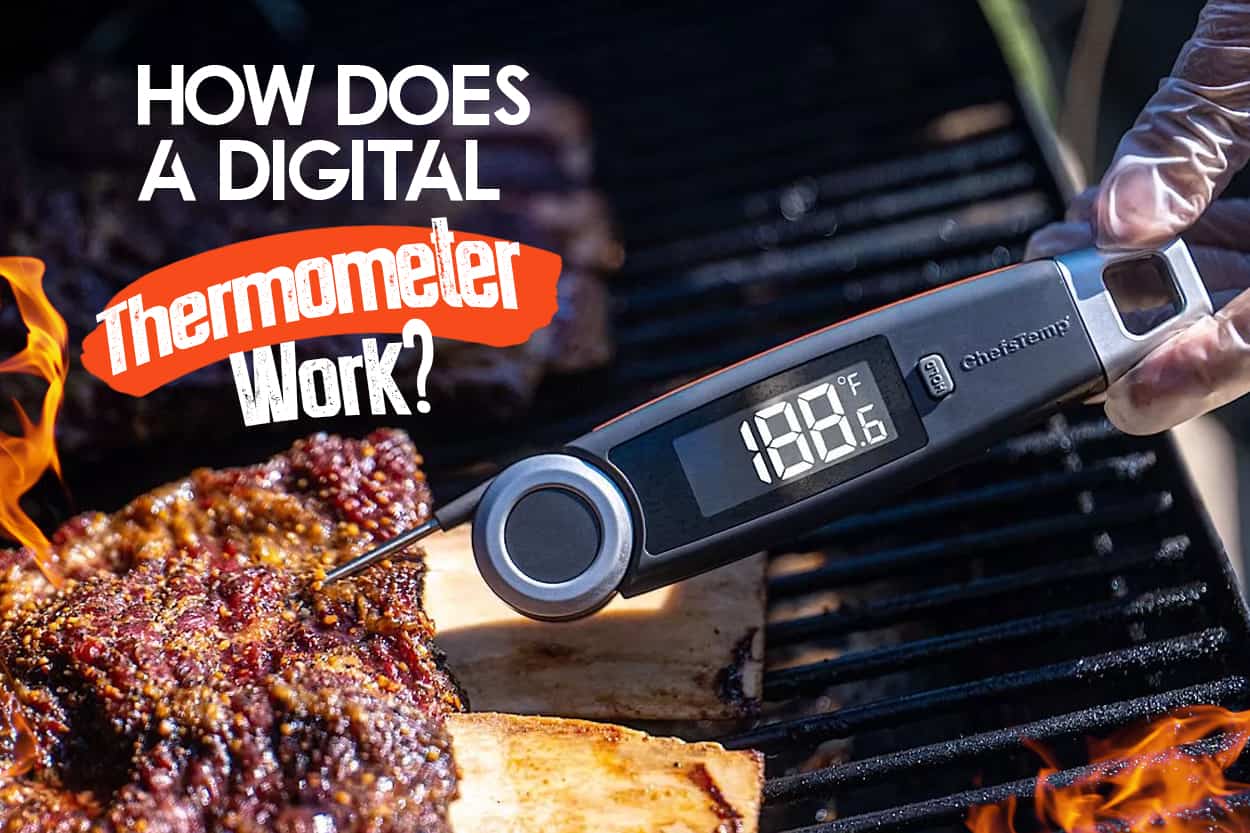
How Does a Digital Thermometer Work?
We are all aware of the mercury-filled thermometers that show the most accurate temperatures. But now, they have aged and the latest ones are the digital thermometers that take just 1 second to give you the most accurate temps.
But how do they work and what’s the secret to giving temperatures in seconds? Let’s dismantle this piece of technology and find out its inner workings!
Table of Contents
Digital Thermometers
Whether you have a fever, or you want to test the temperature of your BBQ cooking food that’s on the grill, a digital thermometer can save you a lot of time. The digital thermometers have a digital screen that shows the number of temperatures according to the different temperature-measuring units.
The food digital thermometers and body digital temperature are different. They work in similar ways, but the one for the body is often inserted in your mouth to get the most accurate body temperature. Whereas, a food digital thermometer possesses a probe that is inserted in the thickest part of the food to get the most precise results.
Today, we are going to discuss digital food thermometers and their workings in detail.
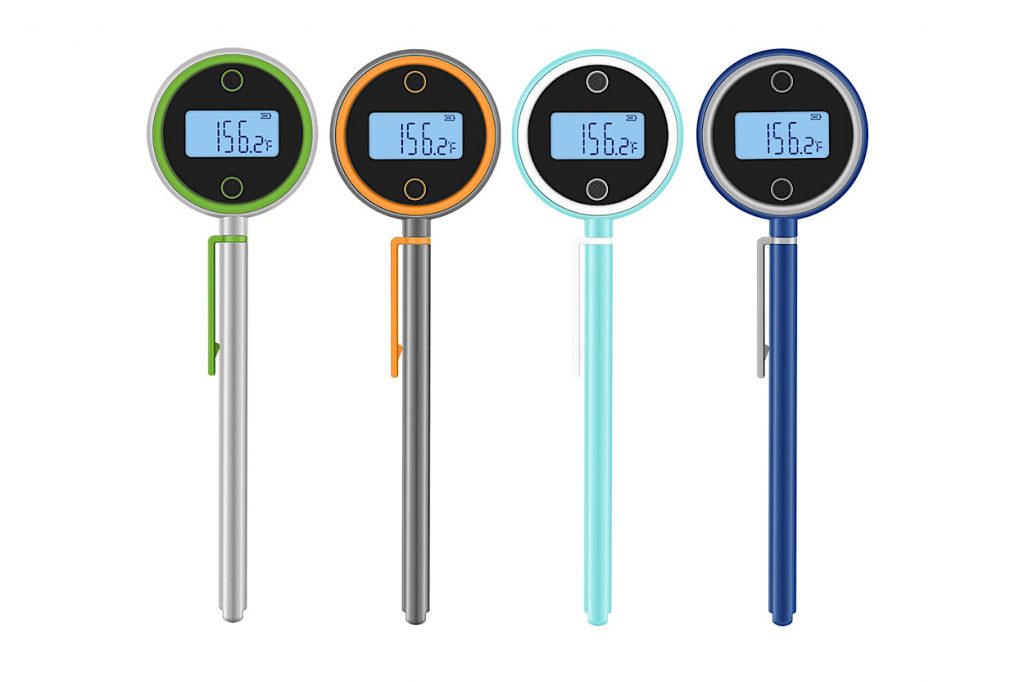
How Do the Digital Thermometers Work?
All kinds of digital thermometers work with the help of sensors. All of them have sensors built into the system that sense the accurate temperatures and display them on the screen. The sensors produce current, resistance, or voltage and whenever there is a change in temperature, the sensors sense the change in them and these “analog” signals turn into digital numbers that are shown on the screen.
· Thermocouples
The thermocouples thermometer includes a self-generated mV which is proportional to the temperature difference between both ends. It requires two measurements to decide the exact temperature. The first one is the sensor known as the “Cold-Junction Compensation” that measures the temperature and the thermocouple connects to it.
After that, it calculates the mV signal through the thermocouple. Lastly, it calculates the exact temperature away from the thermometer by subtracting the “Cold-junction Compensation” from the hot end signal. Following that, it turns that voltage into temperature.
· Resistance Temperature Detectors (RTD)
The digital Resistance Temperature detector thermometer converts its resistance to temperature. We can also call this thermometer an ohmmeter, as it is in essence similar to the device. It measures the resistance with the help of its sensor. How it works is that it sends a small current or voltage to its sensor and then measures it across the sensor.
In order to minimize the errors in this thermometer, a 4-wire connection is often used. Two wires in this system measure the voltage or current across the sensor and two wires are responsible for carrying the excitation. This precise system lessens the chances of errors and you get accurate readings.
· Solid-State Sensors
The digital solid-state sensor thermometer works with external power. It releases a small linear voltage that is proportional to the temperature. The sensor in this thermometer receives an excitation current and then the linear mV signal is measured from the sensor.
· Thermistors
The digital thermistor thermometer is similar to the RTD one and is a resistor. But it converts its resistance into non-linear variables with the temperature. The thermometer provides an excitation current or voltage to its thermistor. This change in the thermistor resistance is quite large as compared to the lead resistance. This thermistor has a 2-wire linkage. The thermistor converts the excitation into a voltage signal and then this measured voltage is turned into temperature by the thermometer.
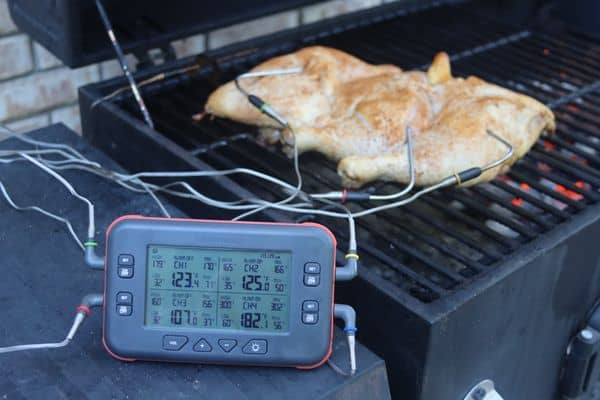
How to Use Them Efficiently
All these temperatures are analog signals that are converted into digital pulses and are shown as digital numbers on the display. The thermometers work together with the analog workings as well as the digital ones to provide you with the most accurate results.
All these different digital thermometers are used in a variety of ways. The most common thermometer among food eaters and cooks is the thermistor and thermocouples thermometers. They are known as digital meat thermometers and they both have probes that are stuck in the food to calculate the temperatures. Most people just eyeball the center part of the food and stick it in to take the temp. However, it is actually better to take your measurements in accordance with the thickness of the food. If you stick the probe in the thickest part of the food, it will give you the most precise readings and you’ll be able to tell if your food is cooking perfectly or not.
Whether you’re performing general cooking sessions or have a BBQ cooking competition with your pals, you should definitely keep these kitchen appliances handy as they can help you in reaching the perfectly tender steaks that you desire!
Where to Get the Best Temperatures in Different Foods?
You know, that while cooking meat, you need to see the thickest part of the fillet or steak and then use your thermometer to get the right temperature of cooking. So, if you are cooking a complete chicken or turkey, the best place to check for temperature is the thickest part of the thigh where it meets the main body.
When it comes to cooking thinner pieces of food like kebabs or fish fillets, it is better to insert the thermometer probe in the side to get the best temperatures. The side insertion will provide you with more meat to cover as compared to a shallow insertion from the top.
Ending Thoughts
So, now you know how digital thermometers work. So the next time, you’re thinking of pulling out the grill, make sure you have one of these precise cookware handy!
Discover Other ChefsTemp Products
Discover more recipes and learn kitchen tricks by joining our cooking family on Facebook.
You may also like:
